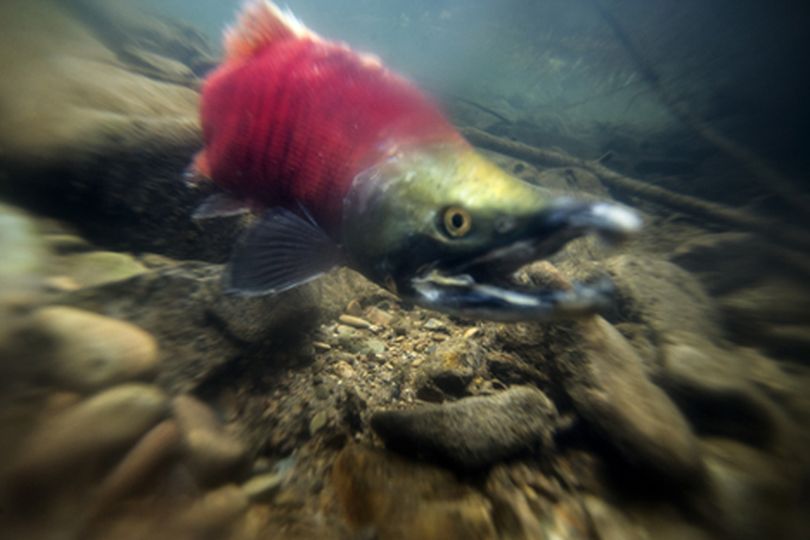Fishery responding to treatment at Lake Pend Oreille

FISHING – Although there’s still work to be done, Lake Pend Oreille's troubled traditional fisheries continued their revival with a huge rebound in 2013.
- On Wednesday, Feb. 19th , Idaho Fish and Game will present the most current information about the status of the Pend Oreille fishery and management efforts in the annual “State of the Lake” meeting, 6 p.m. at the Ponderay Events Center.
Midwinter surveys found more that more than 1.2 million mature kokanee survived to spawn – one of the highest spawner returns in 40 years and about four times greater than in 2012.
Andy Dux, Idaho Fish and Game research biologist for Lake Pend Oreille, said nearly 200,000 kokanee were handled and 11.4 million eggs were collected at the Sullivan Springs trap compared with only about 5,000 kokanee handled in 2007 and again in 2008 with around 500,000 eggs taken those years for the Cabinet Gorge Fish Hatchery.
Strong numbers of younger fish surveyed this winter indicate another strong group of spawners this fall, he said.
Anglers in 2013 enjoyed the first kokanee fishing season at Lake Pend Oreille since 1999.
The fishery has steadily improved in recent years following intensive efforts to reduce predation on kokanee. Lake trout have been dramatically reduced through netting operations and bounties that encouraged anglers to take both lake trout and big rainbows.
The the kokanee rebounding, the incentives for killing big rainbows were removed to begin restoring the lake’s prized trophy fishery while management continues to aggressively target non-native lake trout with a bounty and netting.
The challenge will be to develop a long-term program for keeping lake trout numbers down, Dux said.
Contributing to the increase in kokanee was an unexplained degrease in the mysis shrimp, he said. The 2012 density of the shrimp, which compete with kokanee for food, was about 95 percent lower than the long-term average.
“Time will tell how long it takes for mysids to rebound and how much kokanee have benefitted from the reduced decline, but the timing couldn’t be better,” said Jim Fredericks, department regional fisheries manager.
